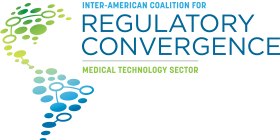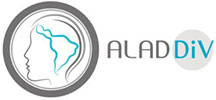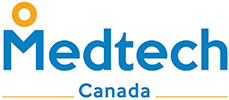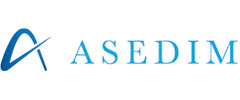There are different international organizations that develop standards for use by both the private and public sector including regulators. These organizations vary by sector, structure, and granularity of membership and voting.
One type of international standards body is that with membership and voting at the national level – one per country. A non-exhaustive list of examples of this type of standards body are:
Another type of international standards organization is one with a finer granularity of membership and voting, for example at the organization or professional technical expert level. A non-exhaustive list of examples of this type of standards body are:
The World Trade Organization Committee on Technical Barriers to Trade adopted a set of principles to which an organization engaged in the development of international standards must comply. These principles are codified in document “G/TBT/ 1/REV. 8. Section IX,” titled Decisions and Recommendations Adopted by the Committee Since January 1, 1995”.
The participation in technical committees in ISO and IEC is by country. The ISO website and ISO members page include the criteria for participating in ISO technical committee. The IEC website and IEC members page includes the criteria for participating in IEC technical committees, according to its Code of Conduct.
A country’s ISO or IEC member body may be either a private sector entity, a government entity, or a hybrid public-private entity. However, per the WTO/TBT criteria, international standards organizations, including ISO National Standards Bodies (NSBs) and IEC National Committees (NCs), must allow open participation by all materially affected stakeholders, including, but not limited to, government ministries and regulatory agencies as well as representatives of industry, consumer groups and academia.
ISO and IEC member bodies maintain national ‘mirror’ committees that correspond to the ‘parent’ ISO/IEC committees. These mirror committees develop the national positions regarding the work of the corresponding parent committee (and standards) and should be comprised of relevant stakeholders for that particular standardization subject. Lack of participation of relevant stakeholders in a national standards committee, including a mirror committee, can lead to the divergence of a country’s standards with international standards.
You may access the National Standards Bodies from the Americas by clicking here.
In this section you will find useful information on the following topics:














